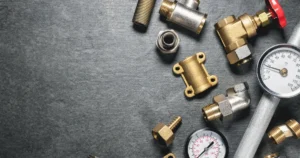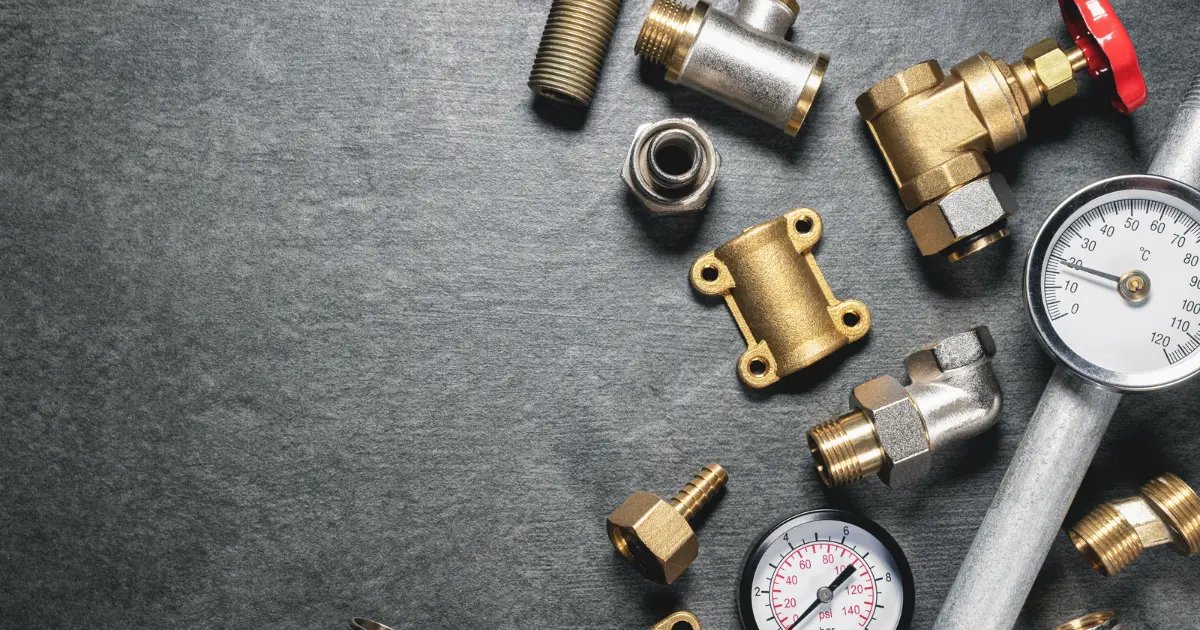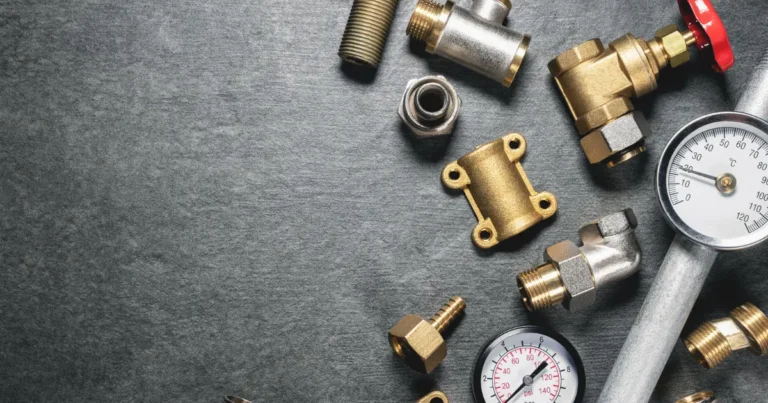London, the bustling metropolis known for its iconic landmarks and rich history, has a hidden hero that often goes unnoticed – its plumbing system. From the ancient Roman aqueducts to the modern network of pipes running beneath the city streets, the evolution of London’s plumbing is a fascinating journey through time. Imagine walking in the footsteps of Roman engineers who first introduced sophisticated water systems to Londinium or exploring how Victorian innovations revolutionized sanitation in one of the world’s largest cities. Join us on a brief guide through the twists and turns of London’s plumbing history, uncovering tales of triumph and challenges overcome in this vital yet often overlooked aspect of urban development.
Ancient Roman Aqueducts:
Explore how the ancient Romans brought water to London through a network of aqueducts and pipes, laying the foundation for modern plumbing systems.
The ancient Roman aqueducts were engineering marvels that revolutionized the way water was transported and distributed throughout the vast Roman Empire. These elaborate systems of channels, tunnels, and arches were meticulously designed to provide fresh water to cities, towns, and even remote outposts.
One of the most impressive examples is the Aqua Claudia aqueduct in Rome, which spanned over 45 miles and was capable of delivering up to 190,000 cubic meters of water per day. In London, modern plumbing owes much to the innovative techniques employed by the Romans in their aqueduct construction, highlighting a lasting legacy of their ingenuity and foresight in urban planning.
The scale and sophistication of these ancient aqueducts serve as a testament to the resourcefulness and skill of Roman engineers, showcasing their ability to harness natural forces for the benefit of society. The preservation of some aqueducts today stands as a reminder of this remarkable feat of ancient engineering.
Medieval Chamber Pots:
Learn about the use of chamber pots in medieval London and how they evolved into early indoor plumbing systems.
In medieval times, chamber pots played a crucial role in daily life, especially in cities like London where plumbing was minimal. These vessels, usually made of clay or metal, were used for urination and defecation indoors before the advent of modern toilets. Despite their humble purpose, chamber pots often boasted elaborate designs and intricate patterns, showcasing the craftsmanship of the times.
In London, where crowded living conditions made outdoor latrines impractical for many households, chamber pots provided a convenient and discreet solution to sanitation needs. The wealthy often had ornate pots adorned with jewels or precious metals, while common folk made do with simpler versions. The use of chamber pots also reflected societal norms regarding privacy and bodily functions—a topic that remains relevant even today.
Overall, the history of medieval chamber pots sheds light on the intricacies of daily life in an era before advanced plumbing systems. From practical necessities to symbols of status and societal values, these simple yet important objects offer a glimpse into how people navigated personal hygiene in centuries past.
Tudor Water Closets:
Discover how Tudor-era Londoners used primitive water closets and cesspits for waste disposal, paving the way for more advanced sewage systems.
Tudor water closets represent a fascinating intersection of history and innovation in London plumbing. During the Tudor era, these early forms of toilets were typically located on upper floors and connected to rivers or wells for waste disposal. The design often included wooden seats with perforated holes leading to cesspits below, demonstrating an early attempt at sanitation in urban environments.
Interestingly, the concept of privacy and personal hygiene was evolving during this time, as evidenced by the presence of private chambers with Tudor water closets in affluent households. These developments marked a significant departure from communal latrines and open-air facilities that were common in earlier periods. Despite their rudimentary nature compared to modern plumbing systems, Tudor water closets provided a glimpse into the gradual advancement of sanitation practices in London and beyond.
Industrial Revolution Innovations:
Delve into the impact of the Industrial Revolution on London’s plumbing industry, including the development of cast iron pipes and mass-produced toilets.
During the Industrial Revolution, London saw significant advancements in plumbing technology that revolutionized sanitation practices. With the introduction of indoor plumbing systems, waste management and clean water access improved drastically, leading to a decrease in waterborne diseases and an overall enhancement in public health. The development of underground sewage systems and water supply networks paved the way for the modern plumbing infrastructure we see today.
Innovations such as the creation of flush toilets and pressurized water systems transformed how people interacted with their living spaces, bringing comfort and convenience into everyday life. Additionally, the use of cast iron pipes for drainage and distribution helped ensure the durability and longevity of the plumbing systems, setting a standard for future innovations in building construction. London’s embracement of these technological advancements during the Industrial Revolution played a crucial role in shaping urban development and improving the quality of life for its residents.
Victorian Sewer System:
Uncover the engineering marvel that is London’s Victorian sewer system, designed by Joseph Bazalgette to combat cholera outbreaks and improve public health.
The Victorian sewer system revolutionized public health in London during the 19th century. Designed by engineer Joseph Bazalgette, the system tackled the city’s rampant sewage problem and significantly reduced the spread of diseases like cholera. Despite being a remarkable feat of engineering for its time, the system faced challenges like frequent blockages and overflows due to its aging infrastructure.
One intriguing aspect of the Victoria sewer system was its impact on social class dynamics in London. While providing improved sanitation for all residents, it also exposed disparities in access to clean water and proper sewage disposal between different neighborhoods. This highlighted not only the technological advancements of the era but also societal inequalities that persisted despite progress in public health infrastructure. Overall, the Victorian sewer system remains a symbol of both innovation and inequality in a rapidly modernizing world.
Modern Plumbing Technologies:
From PVC piping to water-saving fixtures, learn about the latest advancements in London’s plumbing industry that have made our lives more convenient and sustainable.
In the bustling city of London, plumbing technologies have undergone a revolutionary transformation in recent years. From advanced leak detection systems to smart irrigation controllers, modern plumbing technologies are shaping the way we think about water conservation and efficiency. With the rise of smart home devices, London residents can now monitor their water usage in real-time and make informed decisions to reduce waste.
One intriguing innovation in modern plumbing is the use of trenchless pipe repair techniques, which minimize disruptions to property owners while repairing damaged pipes underground. This technology not only saves time and money but also reduces environmental impact by eliminating the need for extensive excavation. Additionally, London plumbers are increasingly implementing sensor-based faucets and fixtures that help users conserve water without sacrificing convenience or style. As sustainability becomes a top priority for many households, these modern plumbing technologies offer practical solutions to reduce our carbon footprint while enhancing overall efficiency.













